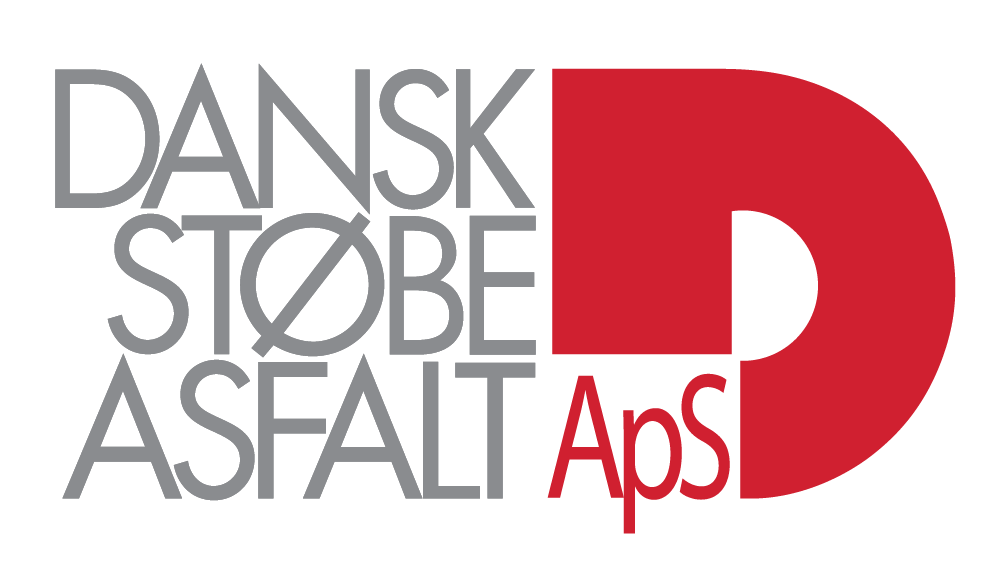A service level agreement is an agreement between two or more parties, one being the customer and the other being the service provider. It can be a legally binding formal or informal “contract” (p.B. internal relations of the ministry). The agreement can include separate organizations or different teams within an organization. Contracts between the service provider and other third parties are often (wrongly) called SLAs – since the level of service has been set by the (primary) customer, there can be no “agreement” between third parties; these agreements are simply “contracts”. However, operational-level agreements or AROs can be used by internal groups to support SLAs. If an aspect of a service has not been agreed with the customer, it is not an “SLA”. The SLA must include components in two areas: services and management. In addition to defining the services to be provided, the contract should also document how the services are to be monitored, including how data is collected and reported, how often it is reviewed, and who participates in the review. Availability is also a commonly used metric for data services such as shared hosting, virtual private servers, and dedicated servers. Common agreements include network uptime percentage, uptime, number of scheduled maintenance windows, and more. Service elements include details of the services provided (and what is excluded in case of doubt), conditions of availability of services, standards such as the time window for each level of service (prime time and non-prime time, for example, may have different levels of service), each party`s responsibilities, escalation procedures and cost/service trade-offs. Include a brief introduction to the agreement in terms of parties, scope of services, and contract duration.
For example: Service level agreements are also defined at different levels: SLAs are an integral part of an IT vendor agreement. An SLA summarizes information about all contractual services and their agreed expected reliability in a single document. They clearly state the parameters, responsibilities and expectations, so that in case of problems with the service, neither party can invoke ignorance. It ensures that both parties have the same understanding of the requirements. Other measures include the schedule for prior notification of network changes that may affect users and general statistics on service usage. Security – All security measures taken by the service provider are defined. Typically, this includes developing and consensus on anti-poker, computer security, and non-disclosure agreements. As businesses change, so do their service requirements.
An SLA should not be considered a static document. In fact, SLAs should include a clearly defined framework for changes during the term of the contract. The SLA should be reviewed regularly, especially if: The result that the customer receives as a result of the service provided is at the heart of the service level agreement. The SLA is an essential part of any vendor agreement and is cost-effective in the long run if the SLA is properly thought out and codified at the beginning of a relationship. It protects both parties and establishes corrective measures in the event of a dispute and avoids misunderstandings. This can save a lot of time and money for both the customer and the supplier. A multi-level SLA divides the agreement into different levels specific to a number of customers using the service. For example, a software-as-a-service provider may offer basic services and support to all customers who use a product, but it may also offer different price ranges when purchasing the product that require different levels of service. These different service levels are included in the multi-tiered SLA. A Web Service Level Agreement (WSLA) is a standard for monitoring compliance with the Web Services Service Level Agreement. It allows authors to specify the performance metrics associated with a Web service application, the desired performance goals, and the actions to take when performance is not achieved.
Depending on the department, the types of metrics to monitor may include: In these cases, the outcome is a business outcome, not a specific activity, task, or resource. But even with a results-oriented agreement, SLAs serve as key performance indicators for these business outcomes. SLAs for these transactions will not describe technical or operational requirements for specific tasks; Rather, they describe the end customer`s goals. For this approach to work well, these outcomes must be unambiguous, there must be ways to measure the achievement of outcomes, roles and responsibilities must be clearly defined, and the provider must have control over the end-to-end service required to deliver results. .

Recent Comments